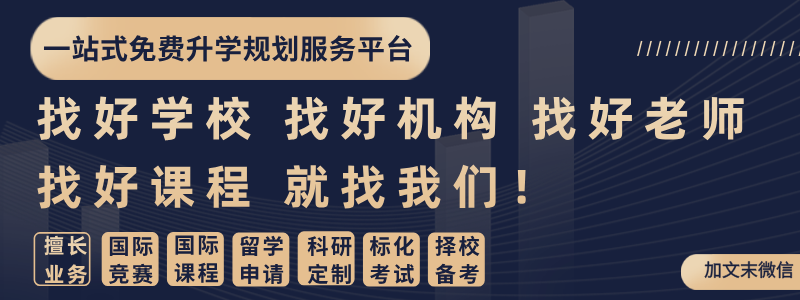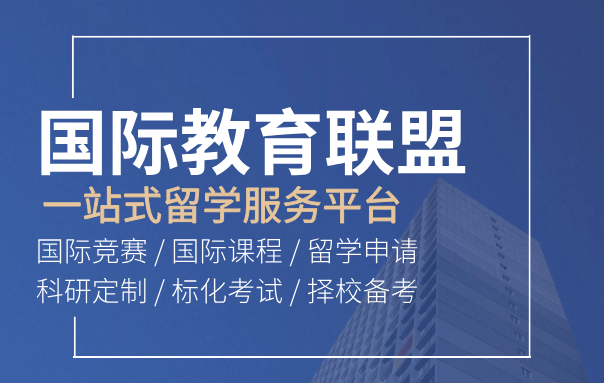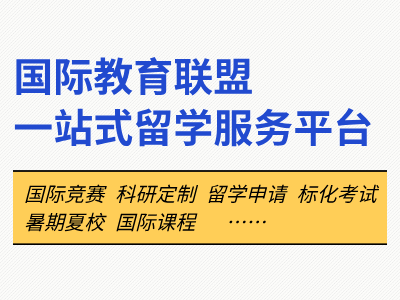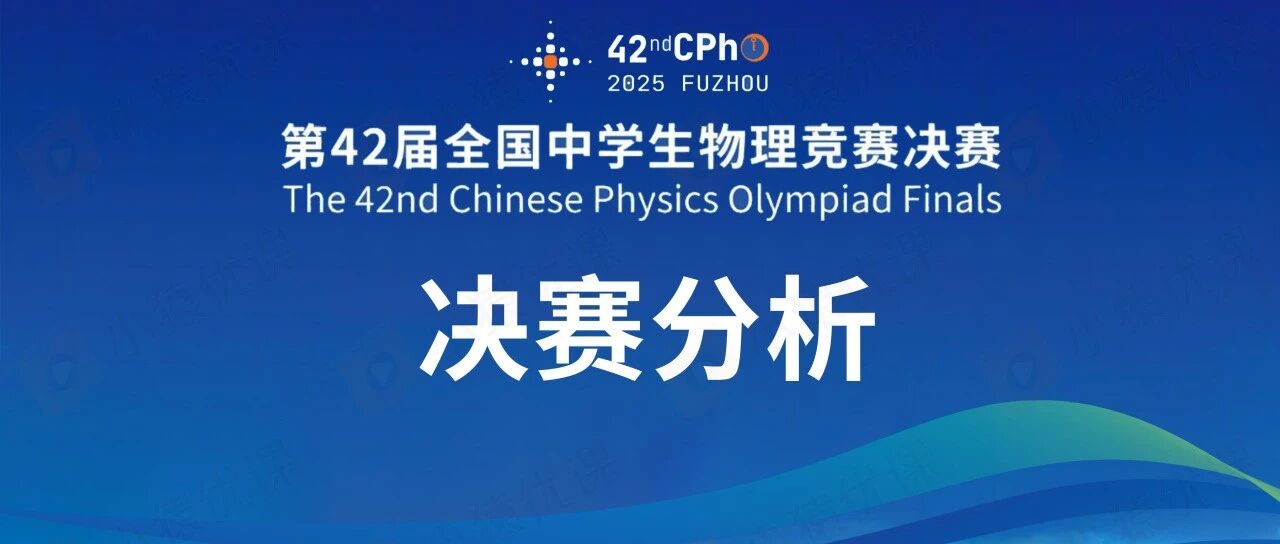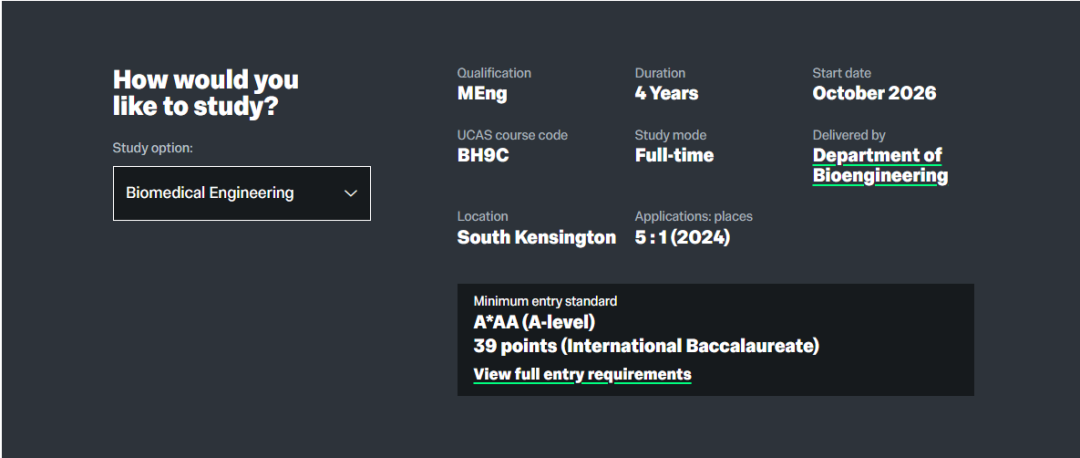本题为英国物理奥赛 (BPhO) Section 2 的 Question3,这道题又分为 a), b), c) 三个不相关的题,今天来做一下 a) 题。这道题实际上难度并不大,但难点在于你是不是能够读懂题,并将一个实际问题转化为物理模型、从而求解。如果你自己能做出来就牛了,挑战一下吧!
A tug boat winch is fitted with friction brakes that slip when the tension in the winch cable reaches 50 kN. The winch is mounted on a 450 tonne tug which is to tow a floating barge of mass 6300 tonne. The barge is initially at rest while the tug moves away from it at. The speed of the tug at the moment that the cable becomes taut is  . At that moment the winch friction brakes start slipping in order to prevent the cable from breaking. The thrust exerted on the tug by its propeller is 35 kN. The winch and arrangement might look something like Figure 1a and Figure 1b:
. At that moment the winch friction brakes start slipping in order to prevent the cable from breaking. The thrust exerted on the tug by its propeller is 35 kN. The winch and arrangement might look something like Figure 1a and Figure 1b:
Figure 1

 a) [9 marks] Calculate
a) [9 marks] Calculate
(i) The time during which the brakes are slipping,
(ii) The common velocity of the tug and the barge when the brakes stop slipping.
(iii) What length of cable runs out of the drum of the winch during the time the brakes are slipping?
答案解析:
这道题的难点在于题目难以读懂,难以将实际问题转化为物理模型,一旦真正读懂题目,做起来是比较轻松的!那我们就先一起弄清题目说得是啥事儿,先把已知标在下图中:

题目的场景是一个初速度为  的 tug(拖船)去向左拖动一只初始静止的 barge(平底船),可能是 barge 出了机械故障吧。。。由于 tug 有初始速度、而 barge 没有,如果中间的 cable(缆绳)不能伸长,那么在初始拖动瞬间、由于两船位移不一致,会导致 cable 中的张力非常之大、使其迅速断裂。
的 tug(拖船)去向左拖动一只初始静止的 barge(平底船),可能是 barge 出了机械故障吧。。。由于 tug 有初始速度、而 barge 没有,如果中间的 cable(缆绳)不能伸长,那么在初始拖动瞬间、由于两船位移不一致,会导致 cable 中的张力非常之大、使其迅速断裂。
为了避免上述情况发生,就需要用上图中的 winch(卷扬机)转起来、慢慢放长 cable(缆绳),使 cable 中的张力不至于继续增长。题中说当 cable 中张力达到 50 kN 时,brake(制动器)开始滑动、winch 转起来、从而放长 cable。因此 cable 中张力的最大值就是 50 kN,之后也会稳定在 50 kN,不会再增长了。
第 (i) 小问要求 brake 滑动的时间,即 winch 转动、放长 cable 这个过程的总时间。问得比较隐晦,我们知道运动开始的瞬间、当 cable 中张力达到 50 kN时,brake就开始滑动。但问题是什么时候 brake 停止滑动、winch 停止转动呢?
必然是两船达到相同速度时,因为如若前面 tug 的速度比后面的 barge 要快,就必须不断通过 winch 的转动来放长 cable,否则两船位移不一样就会导致 cable 断裂。这样我们就把问题简化为了:从初始状态到最终两船达到同一速度所需时间?这并不难求解。

先分析 tug 的受力情况,如上图所示,tug 受到向左的推进器动力 F 是 35 kN,受到向右的 cable 中的张力 T 是 50 kN,又知道它的质量,那么向右的加速度 a1 可求:

可见 tug 向右的加速度很小,它在缓慢减速。。。
同理,再分析一下后面 barge 的受力情况和加速度。如上图所示,barge 只受 cable 向左的牵引力 T = 50 kN,那么对应向左的加速度 a2 有:

由于 barge 本身的质量很大,它的加速度比 tug 还要小很多。
所以整体的过程是 tug 向左作匀减速直线运动,而 barge 向左作匀加速直线运动,但两船加速度都很小,所以需要一段时间才能达到共同速度。
假设两船最终向左的共同速度为 v,分别对两船列匀变速运动方程有:

代入已知数据:

联立两式就有:
 第 (ii) 小问求 brake 停止滑动、winch 停止转动时两船的共同速度 v,其实就是上一小问中的末速度 v。只需将上一问中所求的时间 t = 60.6 s 代入到末速度 v 的表达式中即可:
第 (ii) 小问求 brake 停止滑动、winch 停止转动时两船的共同速度 v,其实就是上一小问中的末速度 v。只需将上一问中所求的时间 t = 60.6 s 代入到末速度 v 的表达式中即可:
 第 (iii) 小问表面上是在问整个过程中通过 winch 的转动,cable 伸长的长度,看起来好像很高深。。。
第 (iii) 小问表面上是在问整个过程中通过 winch 的转动,cable 伸长的长度,看起来好像很高深。。。
而实际上 cable 伸长的长度就应该等于两船在运动过程中前进的位移差。因为如果不等,那么绳子就断了、或松了,这是不可能的。所以我们就聚焦在求两只船的位移、并相减求差值。还是利用前两小问所得结果,由于 tug 作的是匀减速运动,我们知道了它的初速度、末速度、和时间,那么位移 s1 就有:

同理,barge 作匀加速直线运动,位移 s2 有:
 两船位移差即为 cable 伸长的长度:s2 - s1 = 90.3 - 14.5 = 75.8 m = 76 m
两船位移差即为 cable 伸长的长度:s2 - s1 = 90.3 - 14.5 = 75.8 m = 76 m


